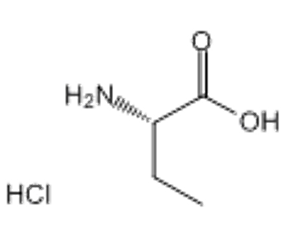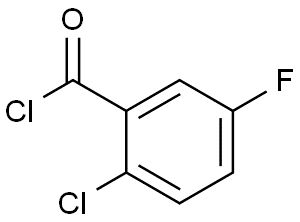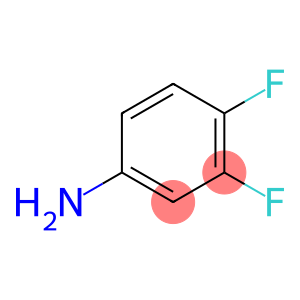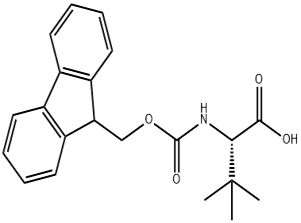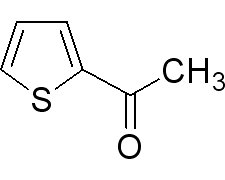4-tert-Butylphenol(CAS#98-54-4)
| Risk Codes | R37/38 – Irritating to respiratory system and skin. R41 – Risk of serious damage to eyes R51/53 – Toxic to aquatic organisms, may cause long-term adverse effects in the aquatic environment. R62 – Possible risk of impaired fertility R38 – Irritating to the skin R37 – Irritating to the respiratory system R34 – Causes burns |
| Safety Description | S26 – In case of contact with eyes, rinse immediately with plenty of water and seek medical advice. S39 – Wear eye / face protection. S61 – Avoid release to the environment. Refer to special instructions / safety data sheets. S36/37/39 – Wear suitable protective clothing, gloves and eye/face protection. S45 – In case of accident or if you feel unwell, seek medical advice immediately (show the label whenever possible.) |
| UN IDs | UN 3077 9/PG 3 |
| WGK Germany | 2 |
| RTECS | SJ8925000 |
| TSCA | Yes |
| HS Code | 29071900 |
| Hazard Class | 8 |
| Packing Group | III |
| Toxicity | LD50 orally in rats: 3.25 ml/kg (Smyth) |
Introduction
Tert-butylphenol is an organic compound. The following is an introduction to the properties, uses, preparation methods and safety information of tert-butylphenol:
Quality:
- Appearance: Tert-butylphenol is a colorless or yellowish crystalline solid.
- Solubility: It has a low solubility in water and a better solubility in organic solvents.
- Aroma: It has a special aroma of phenol.
Use:
- Antioxidant: Tert-butylphenol is often used as an antioxidant in adhesives, rubber, plastics, and other substances to extend its lifespan.
Method:
Tert-butylphenol can be prepared by nitrification of p-toluene, which is then hydrogenated to obtain tert-butylphenol.
Safety Information:
- Tert-butylphenol is flammable and poses a risk of fire and explosion when exposed to open flames or high temperatures.
- Exposure to tert-butylphenol may have an irritating effect on the skin and eyes and should be avoided.
- Proper personal protective measures such as gloves and goggles are required when handling tert-butylphenol.
- Tert-butylphenol should be kept away from flammables and oxidants and other substances, and kept out of reach of children. When disposed of, it should be disposed of in accordance with local environmental regulations.



